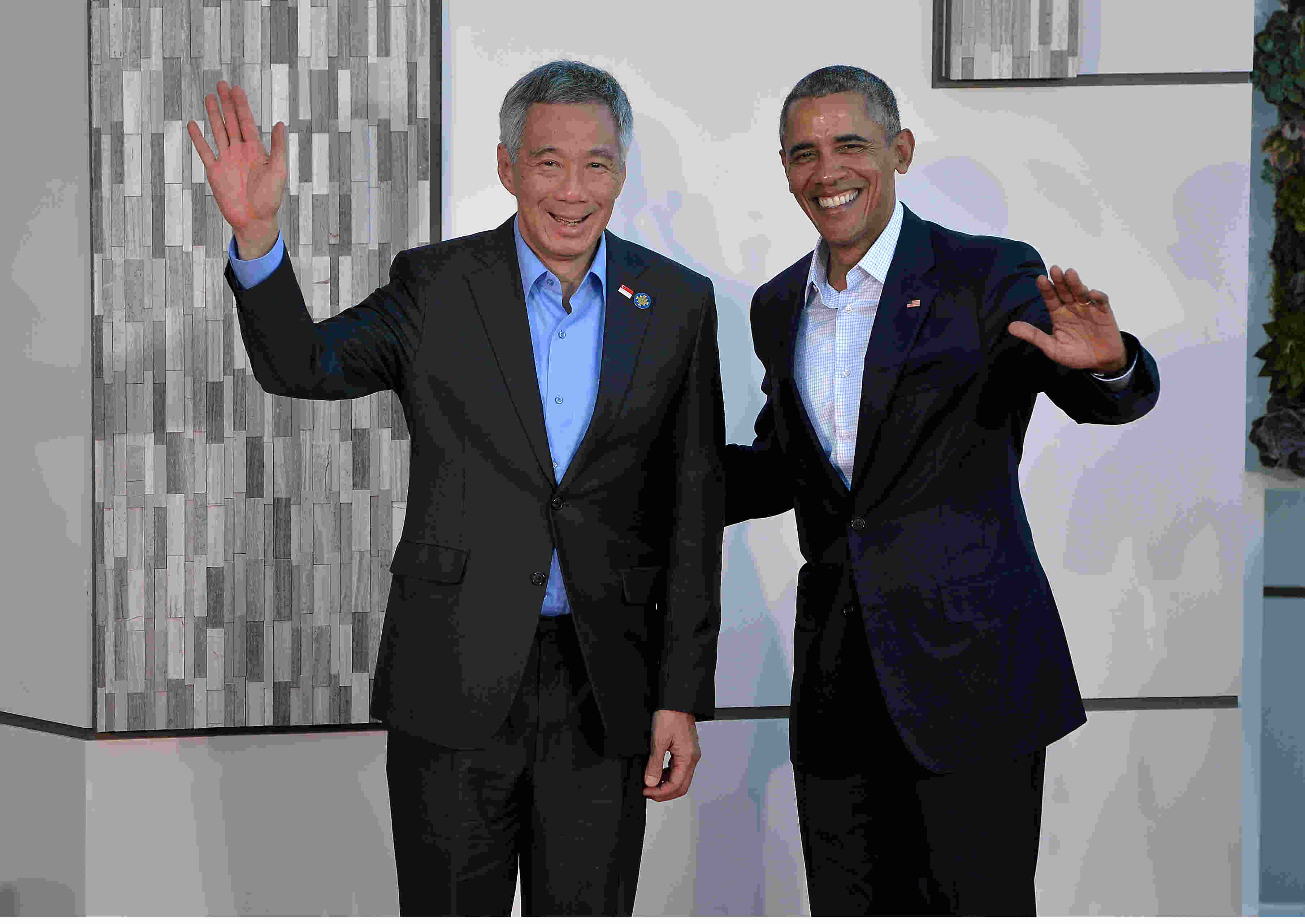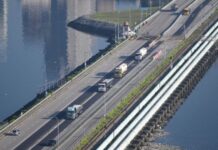When Singapore’s Prime Minister Lee Hsien Loong joins US President Barack Obama for a state dinner of American Wagyu beef at the White House on Tuesday, it will be a diplomatic coup for the small city-state.
Obama has thrown just 11 state dinners since he became president in 2009, in stark contrast compared to 1960s predecessor Lyndon Johnson, who held 54 state dinners in a single presidential term.
Singapore will be the first Southeast Asian country to have a political leader honoured with a US state dinner, and only the fifth Asian nation after India, China, Japan and South Korea.
And it is expected to be a lavish affair, with a preview of the menu showing it will include lime basil from first lady Michelle Obama’s own garden, plus a dessert of peach sangria cake accented with coconut milk and kaffir lime leaves in celebration of Asia, and a performance by US singer Chrisette Michelle.
“These state dinners are extremely rare … The fact that Singapore has been invited for such a visit and the state dinner is a tremendous compliment,” Judith Fergin, executive director of the American Chamber of Commerce in Singapore (AmCham Singapore), explained.
Fergin added that the state dinner also highlighted “the pivotal role that Singapore has played over the years in anchoring the relationship between the US and Asia.”
The two countries have had economic, military and diplomatic ties since 1966 – a year after Singapore’s independence – and are partners in the Trans-Pacific Partnership trade deal, the global coalition fighting Islamic State, and the Paris Climate agreement.
Khong Yuen Foong, Li Ka Shing professor of political science at the National University of Singapore’s Lee Kuan Yew School of Public Policy, said the foundation of the relationship was laid by Singapore’s late founding father Lee Kuan Yew, who was also the current Prime Minister’s father.
“When the British forces announced their withdrawal from Southeast Asia, Lee took two-month sabbatical in the US in 1968 and got to understand the Americans much better, coming back with an admiration for American innovativeness, universities, and strategies,” Khong said.
“Every since then, the American leaders saw Lee as someone from Asia who could add value to their strategic assessment of the Asia region,” he said, adding that “few leaders in Asia are seen that way.”
Lee developed close personal relationships with American politicians including legendary diplomat Henry Kissinger and President Richard Nixon. Lee was the guest of honour the last state dinner hosted by the White House for Singapore, by President Ronald Reagan in 1985.
“I have had the privilege of meeting many world leaders over the past half-century; none, however, has taught me more than Lee Kuan Yew,” Kissinger wrote in the foreword to a 2013 collection of Lee’s interviews, speeches and writing, called “Lee Kuan Yew: The Grand Master’s Insights on China, the United States, and the World.”
As well as a similarity in vision, Singapore policymakers have long sought military co-operation with the US because they believed a strong US military presence would add to stability in Asia.
Singapore played a part in facilitating a US military presence in the region, by signing the 1990 Memorandum of Understanding allowing the US to use its naval bases.
“The MOU was Singapore putting its money where its mouth was, because after the US military ejection from the Philippines, it did not have a base in Asia for logistics and the resupply of naval vessels,” Khong explained.
In 2004, Singapore constructed the Changi Naval Base, which was built large enough to accommodate US aircraft carriers and warships.
Another important dimension of US-Singapore bilateral ties lies in trade.
There were more than 3,600 US companies operating in Singapore, which are generally “regional headquarters, sophisticated intellectual property-intensive operations, research and development centres [and] high-tech innovators,” in 2015, according to an AmCham Singapore report.
There are also strong foreign direct investment flows between the US and Singapore; the United States is the largest foreign direct investor in Singapore, while Singapore is the US’s third-largest Asian investor, the most recent data from the Organisation of International Investment showed.
At the turn of the millennium, Singapore and the US signed the United States Singapore Free Trade Agreement (USSFTA), which was considered the “gold standards of FTAs,” AmCham Singapore’s Fergin told CNBC.
The USSFTA helped to transform Singapore’s economy because its provisions went beyond tariffs to open up Singapore’s financial sector to foreign investment, “which was also a keystone to Singapore’s success as a wealth management hub and financial management hub,” Fergin said..
“When people talk about a 21st century trade agreement as opposed to an older trade deal, these are things coming out of the USSFTA that were more than just tariffs, like investment provisions, intellectual property, data flows and dispute resolutions,” she said.
Fergin added that the USSFTA helped to seed the Trans-Pacific Partnership (TPP) agreement, an ambitious US-led trade deal that has yet to be ratified by Congress.
With anti-trade and protectionist rhetoric playing a prominent part in the US presidential election, with both the GOP nominee Donald Trump and Democratic nominee Hillary Clinton criticising the TPP, there have been concerns that after seven years of negotiations, the deal would be scuppered.
In June, Singapore’s Minister of Foreign Affairs Vivian Balakrishnan highlighted the importance of the TPP to US-Asia relations, telling a forum in Washington that “many leaders in Asia have gone out on a limb to support the TPP” and that the trade deal would be a litmus test to America’s commitment to Asia, The Straits Times reported.
Ahead of Prime Minister Lee’s visit to the US, a White House press secretary said that discussions at the stake dinner would focus on how the two leaders could push for “rule-based order” in the Asia Pacific.






